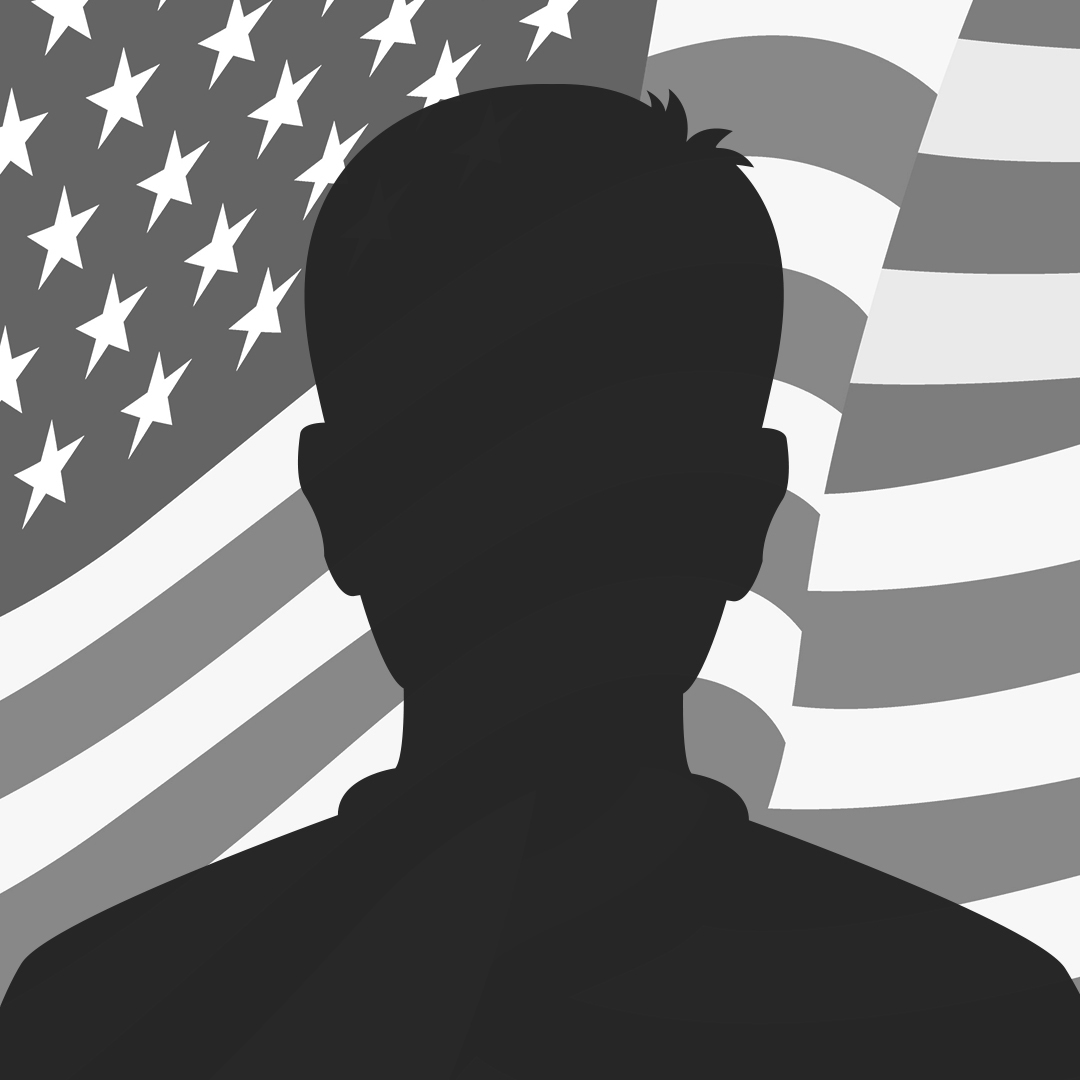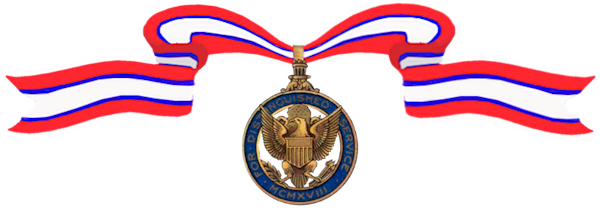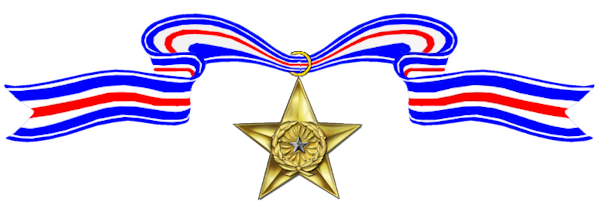The President of the United States of America, authorized by Act of Congress July 9, 1918, takes pleasure in presenting a Second Bronze Oak Leaf Cluster in lieu of a Third Award of the Army Distinguished Service Medal to Major General Edgar Erskine Hume (ASN: 0-4033), United States Army, for exceptionally meritorious and distinguished services to the Government of the United States, in a duty of great responsibility as Surgeon, United Nations Command, in Korea during the period from 25 June 1950 to 14 October 1951.

Awards Received
-

Army Distinguished Service Medal
-

Army Distinguished Service Medal
-

Army Distinguished Service Medal
-

Silver Star
-
Army Distinguished Service Medal
Service:
United States ArmyRank:
Major GeneralDivision:
United Nations CommandAction Date:
June 25, 1950 – October 14, 1951
Department of the Army, General Orders No. 91 (October 24, 1951) -
Army Distinguished Service Medal
Service:
United States ArmyRank:
Colonel (Medical Corps), [then Brigadier General]Action Date:
June 1943 – April 1945
Department of the Army, General Orders No. 10 (October 24, 1947)The President of the United States of America, authorized by Act of Congress July 9, 1918, takes pleasure in presenting a Bronze Oak Leaf Cluster in lieu of a Second Award of the Army Distinguished Service Medal to Colonel (Medical Corps), [then Brigadier General] Edgar Erskine Hume (ASN: 0-4033), United States Army, for exceptionally meritorious and distinguished services to the Government of the United States, in a duty of great responsibility from June 1943 to April 1945. (Section II, General Orders 59, WD, 1944 pertaining to the award of the Distinguished Service Medal (first Oak Leaf Cluster) to Colonel Hume (then Brigadier General) is rescinded.)
-
Army Distinguished Service Medal
Service:
United States ArmyRank:
Lieutenant Colonel (Medical Corps)Division:
American Expeditionary Forces (Serbia)Action Date:
February 1919 – June 1920
War Department, General Orders No. 14 (1923)The President of the United States of America, authorized by Act of Congress, July 9, 1918, takes pleasure in presenting the Army Distinguished Service Medal to Lieutenant Colonel (Medical Corps) Edgar Erskine Hume, United States Army, for exceptionally meritorious and distinguished services to the Government of the United States, in a duty of great responsibility during World War I. As Chief Medical Officer and later as Commissioner of the American Red Cross in Serbia, February 1919 to June 1920, with untiring energy, unremitting devotion to duty, and with rare administrative and professional skill Lieutenant Colonel Hume organized and operated an American sanitary service, reorganized hospitals, dispensaries, and dressing stations for soldiers and civilians alike, and successfully combating an epidemic of typhus fever which had caused the death of 80 per cent of the Serbian doctors. From June 1918 to February 1919, in direct charge of an American base hospital which was later expanded by the addition of Italian hospitals into a composite hospital center in the Italian war zone, he rendered professional services of a highly conspicuous character.
-
Silver Star
Service:
United States ArmyRank:
Major General (Medical Corps)Division:
United Nations CommandAction Date:
October 18 – 21, 1950
Headquarters, Far East Command, General Orders No. 68 (1950)The President of the United States of America, authorized by Act of Congress, July 9, 1918, takes pleasure in presenting the Silver Star to Major General (Medical Corps) Edgar Erskine Hume (ASN: 0-4033), United States Army, for conspicuous gallantry and intrepidity in action while serving as Surgeon, United Nations Command, in action during the period 18 October to 21 October 1950. General Hume, voluntarily and without regard for his safety, made daring flights in light unarmed aircraft over enemy held territory within the range of enemy fire to visit frontal areas and obtain vital information concerning the medical requirements for the treatment and evacuation of wounded United Nations’ personnel. While in these areas and under constant threat of enemy fire, he made his way through the front-line medical stations to coordinate personally activities in connection with existing medical problems. His untiring devotion to duty and presence in the forward areas not only inspired the members of the Army Medical Service to greater achievements, but contributed materially in aiding the United Nations’ effort in the Korean campaign and were in keeping with the highest traditions of the military service.

